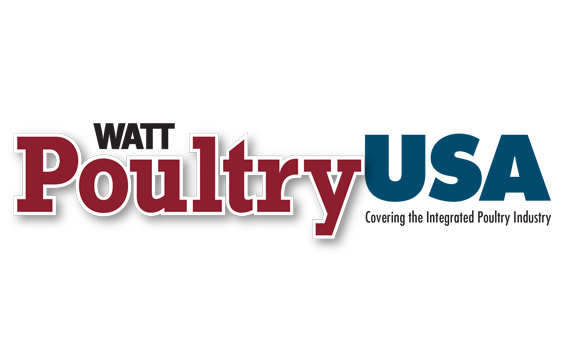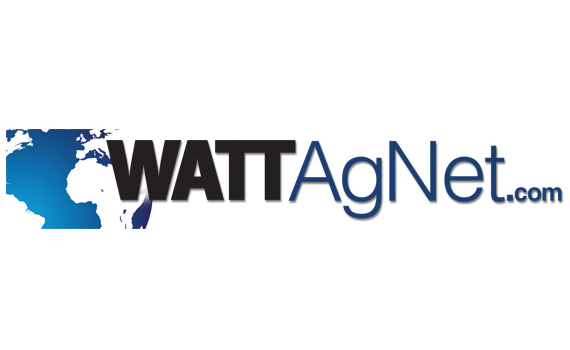Farm transparency key to improving views on intensive poultry production

Opening poultry farms to the public could help improve shoppers’ opinions about intensive poultry production, according to scientists in Germany.
Changes from free-range to housed systems have made consumers skeptical about intensive poultry production, says a study first published in the World’s Poultry Science Journal and reported in Poultry World.
And with some of those negative views supported by the media, animal welfare groups and political parties, producers need to act to reverse them if they want shoppers to buy more poultry products, the study says.
Research authors Desiree Heijne and Hans-Wilhem Windhorst of the University of Vechta, said changes to production systems have made it impossible for the public to see how eggs and poultry meat are produced.
With growing consumer concerns about food production, Heijne and Windhorst said that part of the problem lies in the differences in how animal welfare is perceived.
While farmers think stocking density, slaughter without stress and transportation are key to welfare, consumers said outdoor access is an important — something farmers worry about because of hygiene issues, the report says.
“The gap between the image of the industry and the reality of modern, market-oriented poultry production has widened continuously, due to the lack of knowledge transfer from the industry to the consumers about production conditions,” Heijne and Windhorst said.
To change perceptions, the pair suggested farmers provide realistic impressions of modern, market-orientated poultry production.
A so-called “transparency project” carried out in Lower Saxony, Germany, saw 9,000 people visit layer, broiler and turkey farms over three years.
Questionnaires found that after the visits, attitudes towards farming had changed considerably.
“[What’s more the results showed] that they were less skeptical towards intensive poultry husbandry than prior to their visit,” Heijne and Windhorst said.
Posted on May 31, 2017
 We’re glad you’re enjoying
We’re glad you’re enjoying









